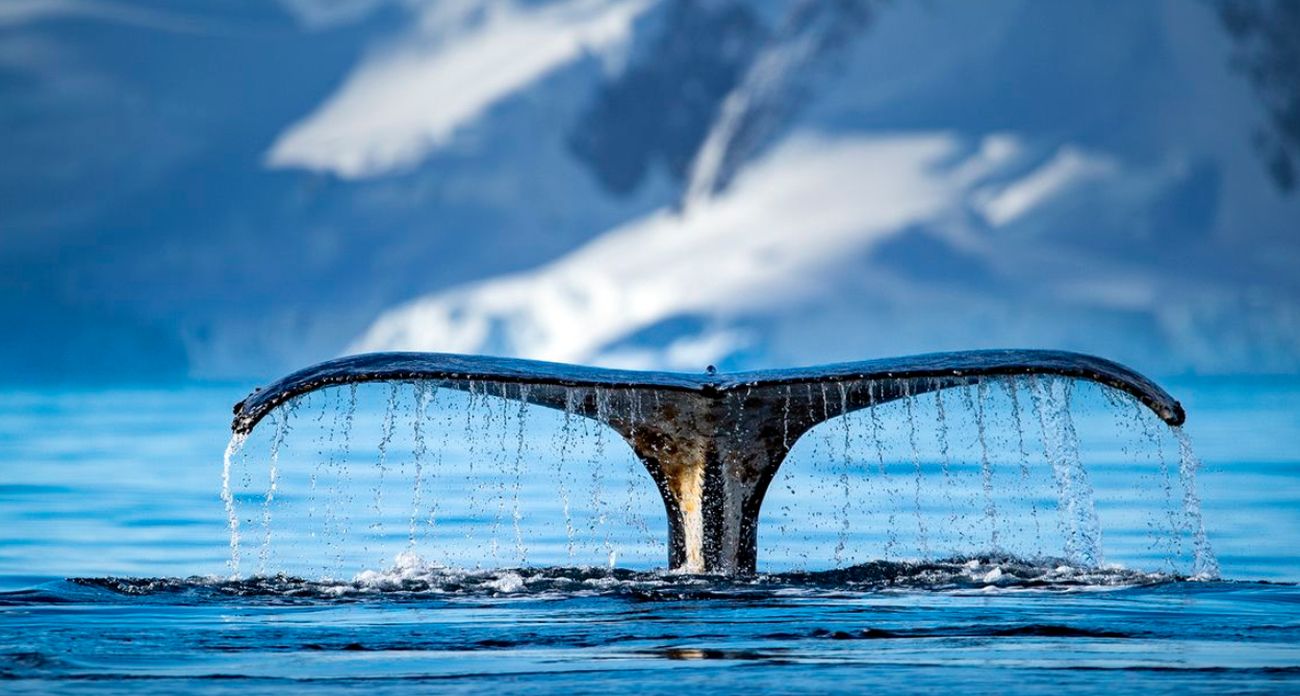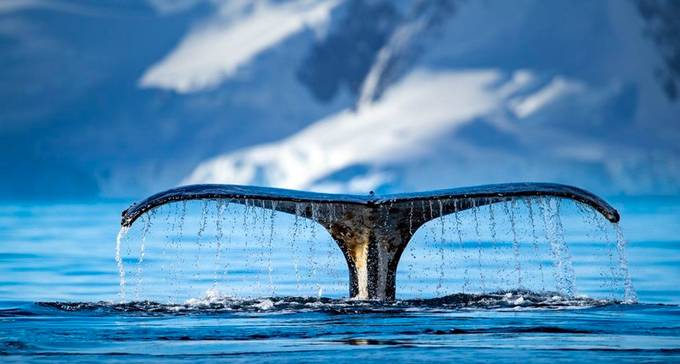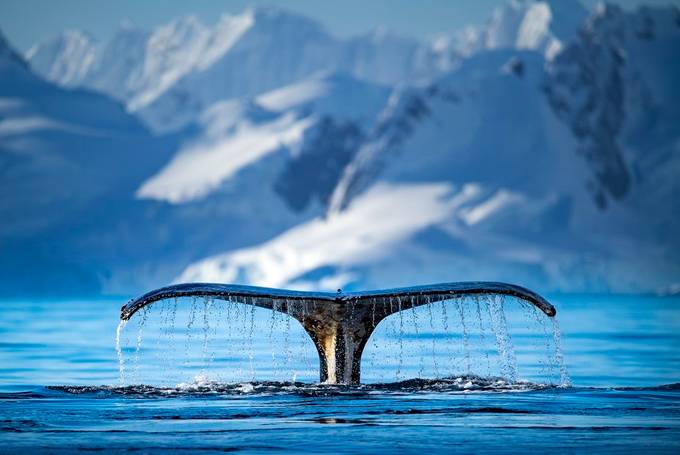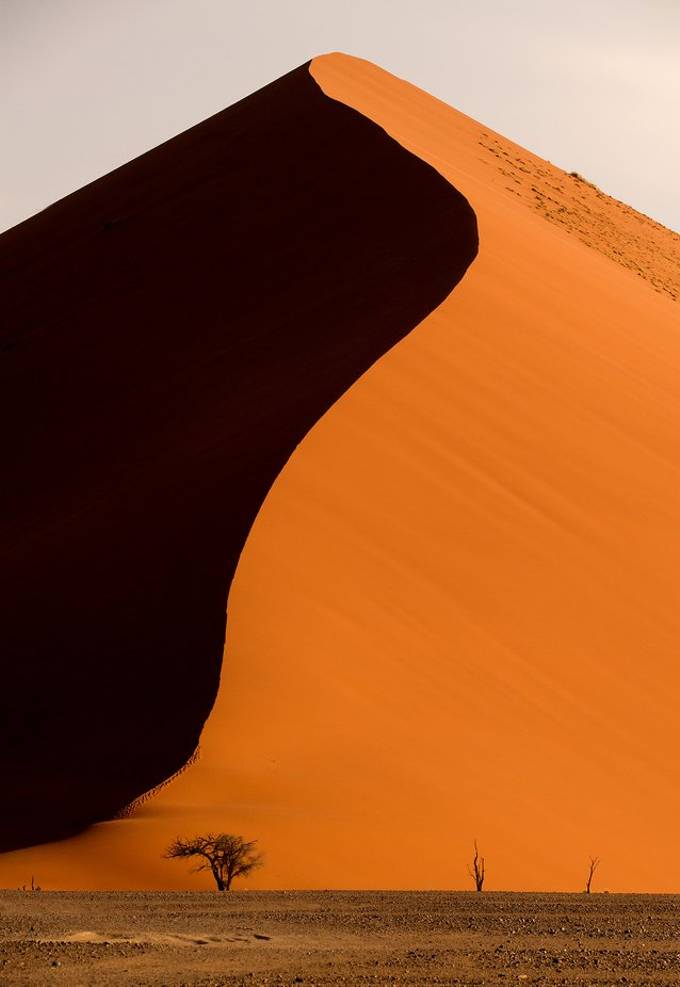ViewBug PRO community member Robert Gravel (rpgdepictions) loves animal photography, especially when out on safari. Robert received a "Runner Up" selection in the Celebrating Nature Photo Contest with his photo "Humpback whale fluke in the Antarctic" and shared the tips and tricks on how he shot this photo.
Where did you take this photo?
This was taken in Antarctica during one of our zodiac outings. We went around looking for whales feeding on krill and we followed a few until one surfaced not far and I managed to photograph this whale fluke.
What time of day?
Our water excursion took place in the afternoon. We were out for several hours to look for wildlife including shorebirds. This particular whale came around us from the side and that's when I took this shot.
Anything worth sharing about lighting?
Lighting In Antarctica is pretty amazing, especially on this day. It was a beautiful calm and sunny day. At this time of day, the sun was very slow to set and so you would get these amazing shadows in the background and it also lit up the water droplets. Pretty much any vantage point you were able to get amazing photos of the landscapes and wildlife.
What equipment did you use?
I'm a Nikon shooter so for this particular photo, I had my Nikon D5 along with the Sigma 150-600 SPORT lens. I had also brought along my Nikon D750 for landscape shots using the Sigma 24-105 ART lens.
What inspired you to take this photo?
Throughout our excursion, I would be happy with any whale fluke photos or whale surfacing shots. But I had in my mind a shot where the tail would surface to show the water dripping with perfect unison.
Did you do any post-processing?
I typically do all of my editing using Photoshop using Bridge, ACR, and final edits in PS. I also use Topaz Labs and NikSoftware if the photo calls for it.
What equipment do you normally have in your bag?
If I am out strictly for wildlife I will have my Nikon D5 and now use the Nikon 500 PF lens since it is a much lighter walk around lens. If I am doing any landscapes I shoot with my Nikon D750 using the Sigma 14-24 ART lens. I also shoot studio shots and for that, I have the Nikon 70-200 F2.8, Sigma 85mm F1.4 ART as well as the 50mm.
Any advice for others trying to capture something similar?
You can travel to other parts of the world to capture whales but I was very focused on a trip of a lifetime which was Antarctica. Living in Canada, there are parts of the country where you can go and photograph whales but traveling to Antarctica allowed me to be in a part of the world where very few would venture to. There were other creatures to photograph such as penguins and fur seal as well as Albatross and other rare shorebirds.






